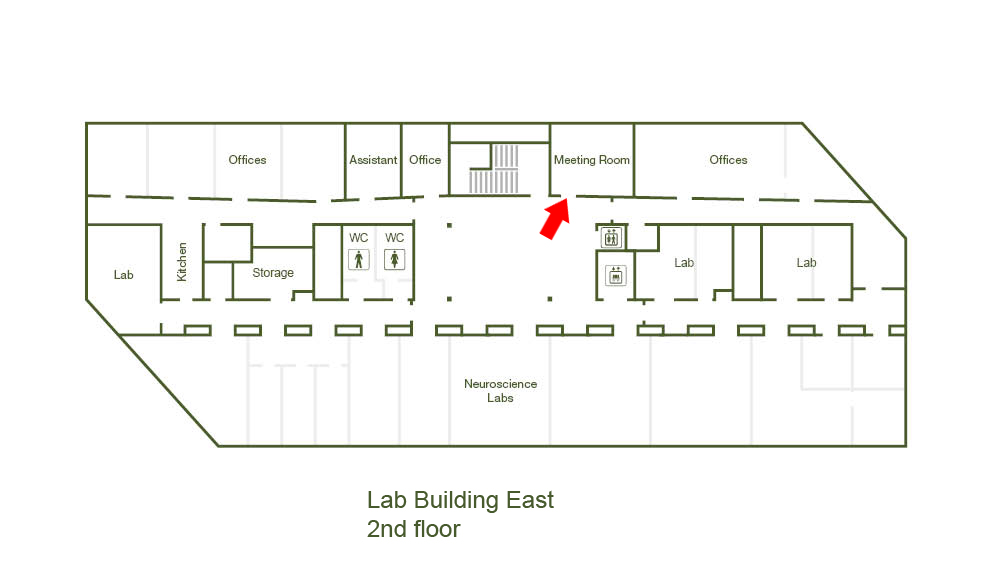The Corticothalamic Driver Pathway in the Mouse Whisker System
Date
Friday, February 3, 2017 11:00 - 12:00
Speaker
Anton Sumser (Technische Universität München - Sakman Lab)
Location
Meeting room 1st floor / Lab Bldg East (I06.01.406)
Series
Seminar/Talk
Tags
Life Sciences Seminar
Host
Maximilian Jösch
Contact

Sensory processing is mostly considered to be a function of the cerebral cortex, following low level precortical signal transformations. However, the cortex is not the endpoint of neuronal processing, but rather a hub of extensive cortico-cortical and cortico-subcortical networks. A major cortical output pathway originates in thick-tufted neurons in cortical layer 5B and is characterized by uniquely strong driver connections to subcortical areas, especially (higher-order) thalamus. Higher-order thalamus in turn projects mostly to cortical areas, thereby constituting cortico-thalamo-cortical loops. However, the functions of these cortico-thalamic networks are mostly unknown. Using the mouse whisker system as a model, we characterized the organization and dynamics of the pathways major input from cortical layer 5B. We first asked if the well-ordered body representation in the primary somatosensory barrel cortex is maintained along the cortico-thalamic pathway. Using quantitative neuronal tract tracing techniques we found that L5B innervation of thalamus is dense, low in numbers and indeed topographic. Interestingly, the cortical whisker map is quadrupled in thalamus. Next, we characterized the in vivo dynamics of the cortico-thalamic driver pathway with electrophysiology and optogenetics in anesthetized mice. We found reliable signal transmission that is however strongly regulated by slow cortical activity rhythms (up and down states). Surprisingly, whisker deflection signals reach higher-order thalamus nearly exclusively via the cortico-thalamic driver pathway, inverting the view of the thalamus as a gateway to cortex. In awake behaving animals, higher-order thalamus is also highly dependent on cortical inputs and might functionally serve to discriminate between unexpected and expected sensory signals.